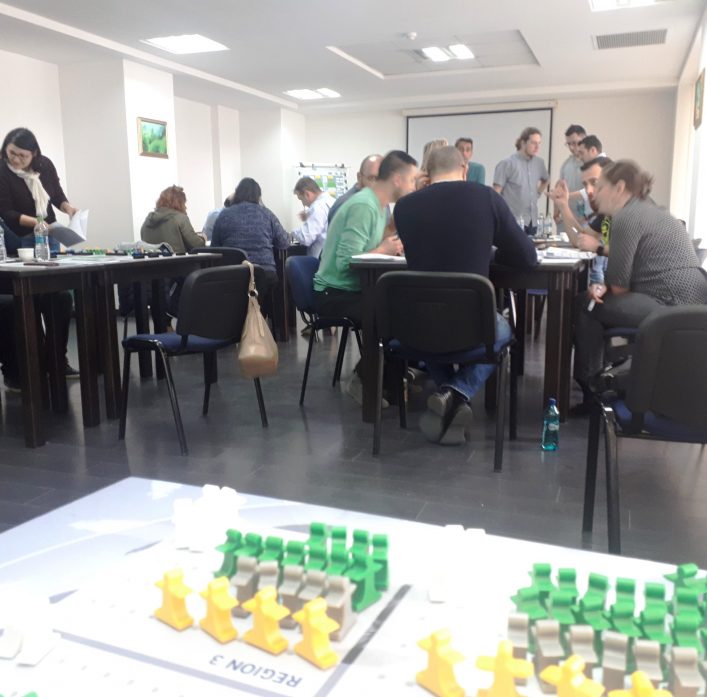Staff – the key to success
What do I need, as a manager, to ensure that employees can use their potential and grow in the company? Possible topics – personalized time and management methods, management styles, tools, motivation, etc.
“Appetite for business” – limits and possibilities for a healthy business growth
How to balance the “appetite for business” with the current and future capacity of the company? Possible topics – strategic resource planning, decision making, communication, etc.
Investments – investment decisions based on financial analysis
What are the necessary steps to make for an economically sustainable investment? Possible topics – basic business knowledge, key indicators, entrepreneurial thinking, etc.
Flexibility – focus, re-focus, setting priorities
As a manager, what changes do I have to make in a business environment? Possible topics – strategic competitiveness analysis, risk assessment, adaptation needs, etc.
Image – conscious control of the external image of the company
What factors do I need to observe and influence to strengthen the company’s brand image? Possible topics – positioning, brand and company attractiveness, development potential, etc.


